So, your itinerary is finalized, your flights are booked, your hotel reservations are made, and you’ve picked out which tours you plan to do. Now comes the question, what do I pack?!
Many trips to Costa Rica include some beach time, a few adventure activities such as ziplining and hiking, plus dinners in the evenings. Even in the dry season, there’s the chance you’ll get caught in a rain shower or two. Plus, you’ll need sunblock, sunscreen, your passport, and some sort of camera, to capture all of the fun you are having (and those cute sloths in the trees).
Coming up with a packing list may seem like a daunting task.
Well, it doesn’t have to be. Below we provide a detailed Costa Rica packing list, with links to what we brought with us.
Costa Rica Packing List
The Weather in Costa Rica
Before we get into what clothing to pack, here is an overview of the weather.
The weather is generally warm and humid all year, but this can vary somewhat by location and by season. In many places throughout the year, shorts and a short-sleeved shirt are sufficient during the day, and on cooler nights, you may need a light jacket.
If you will be spending some time up in the mountains, such as Monteverde or Poas Volcano, temperatures can be much cooler here, cool enough that long pants, a long-sleeved shirt, and even a lightweight jacket should make it into your suitcase.
The rainy season (May through November) also tends to be cooler. During this time period, a rain jacket is essential, as are dry bags, a waterproof cover for your backpack, and mosquito repellent.
The hottest months are usually March and April.
We use the website Weather Spark to get weather averages for places we plan to travel to. It has graphs on high and low temperatures, rainfall, cloud cover, the UV index, and more. Plug in the places you plan to visit, and the month you will be traveling, to get an idea of what to expect.
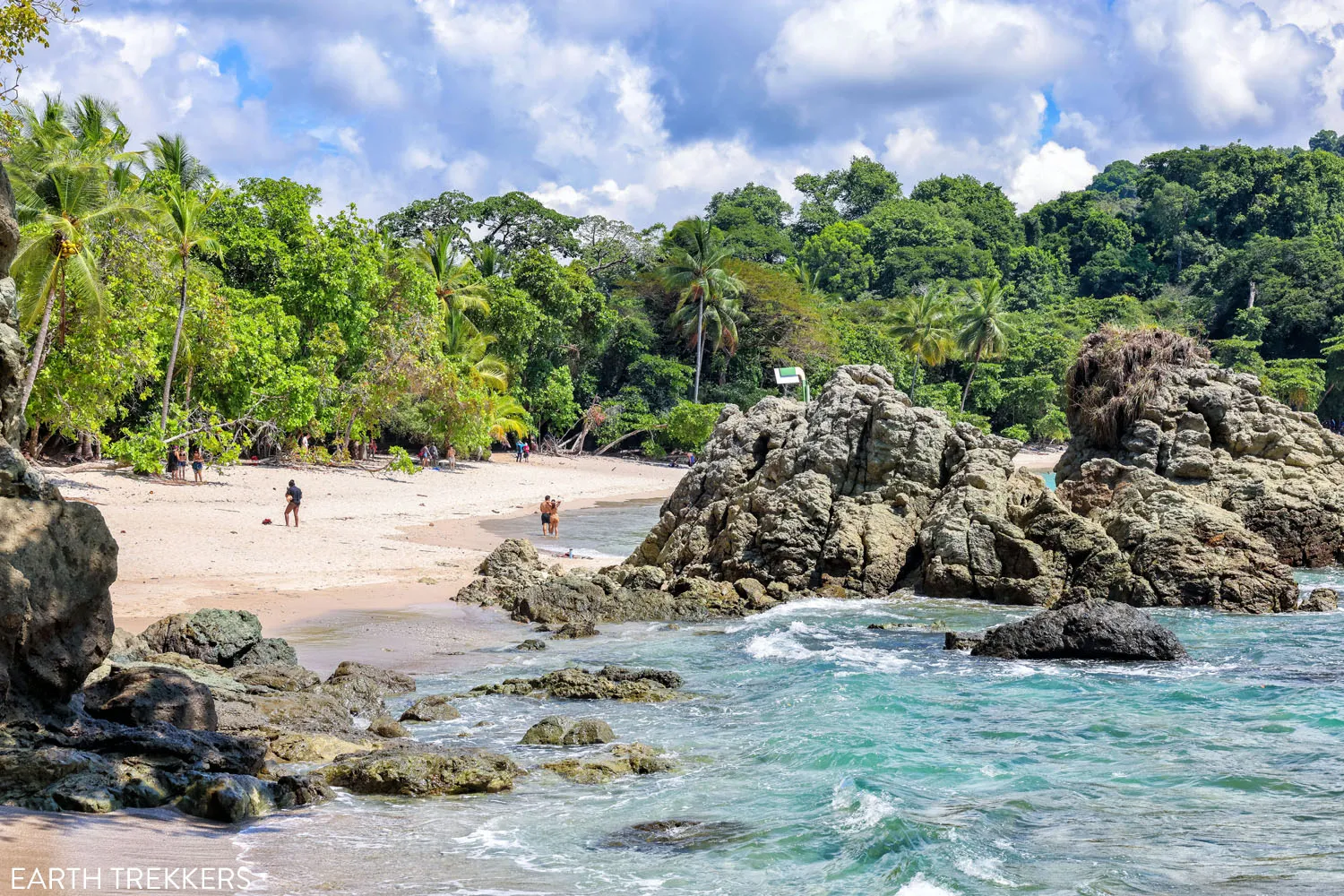
Manuel Antonio Beach
Clothing
Our visit was from the end of February into early March, which is during the dry season. For the most part, Tim and I wore shorts and T-shirts the majority of the time.
It was warm in the mornings and evenings and hot during the daytime, so we never needed a jacket or long pants, with the exception being Monteverde. Even here, it was warm enough that we wore shorts and a T-shirt during the day, changing into long pants in the evenings, plus a jacket. However, if you have plans to visit Monteverde, pack a pair of long pants and a long-sleeved shirt. It can get much cooler than the temperatures we experienced.
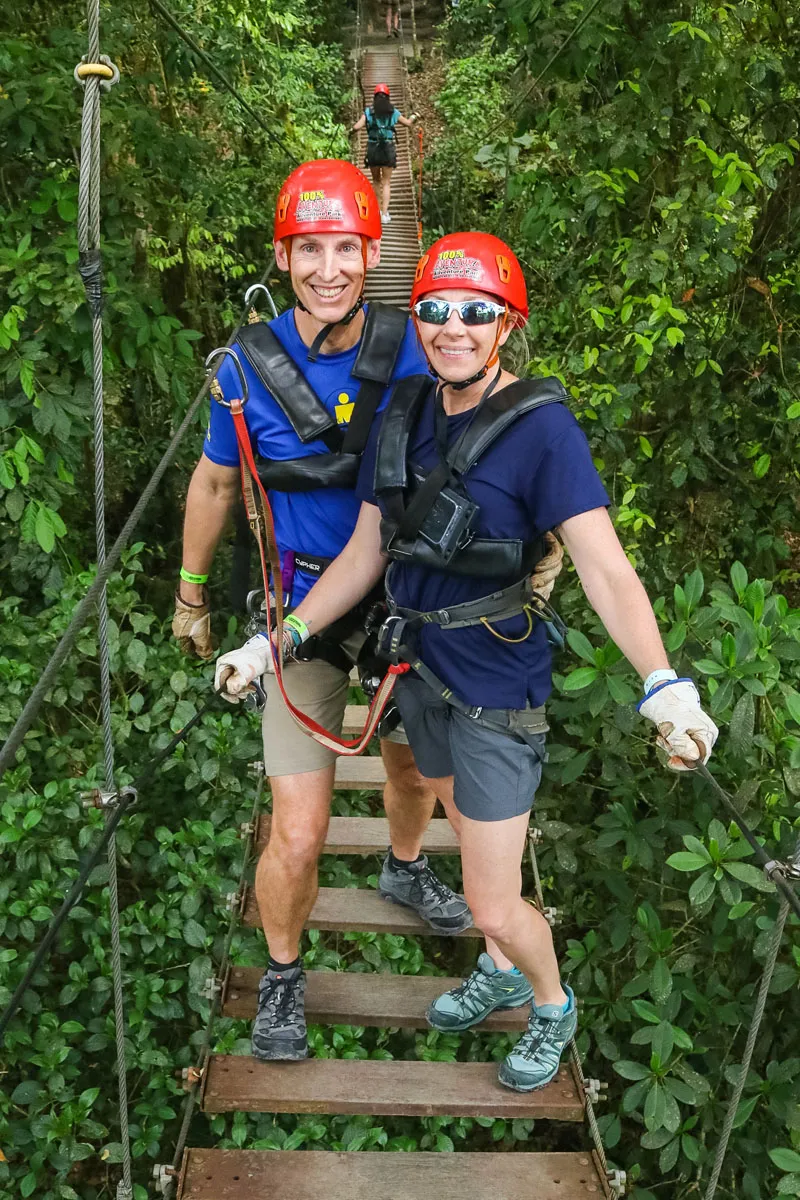
Ziplining in Monteverde
We primarily wore hiking shorts (Prana is our go-to brand) and lightweight, moisture wicking short-sleeved shirts (Prana, Vuori, Under Armor, and Lululemon). We each packed one pair of long hiking pants and one lightweight jacket. And we each packed two swimsuits.
In the evenings, we had some nice dinners planned. Tim wore shorts or long pants with a collared shirt, and I wore either a casual dress or a long skirt with a short-sleeved shirt. Even the nicer restaurants are somewhat casual, so you do not have to bring anything too fancy.
As far as how much of everything to pack, that really depends on how many days you will be in Costa Rica. In general, for trips lasting less than two weeks, we pack enough clothing, socks, and under wear for the entire trip. For any trip longer than two weeks, we either wash clothes in the sink or send a few things out to the hotel’s laundry service.
Doing Your Own Laundry: If you plan to wash your clothes in the sink, you will need three things: a sink stopper, travel laundry detergent (we use these laundry detergent sheets, which are plastic free and eco-friendly), and a travel clothesline.
Footwear
Hiking Shoes OR Walking Shoes: For hiking, walking the hanging the bridges, doing guided wildlife walks in Manuel Antonio, ziplining, and related activities, running or walking shoes are sufficient. We brought along hiking shoes, which were helpful on more rugged trails, such as Rainmaker Park, but for the most part, you can get by with a good pair of running or walking shoes. However, if you are here in the rainy season, waterproof hiking shoes will help keep your feet dry. Tim wears Merrell waterproof hiking shoes and I wear Salomon waterproof hiking shoes.
Closed-Toe Sandals: Tim and I both wore Keen hiking sandals when we went canyoning and kayaking. If you really wanted to pack light, these could also be your main walking shoes in Costa Rica. When we traveled around the world, I wore Keen hiking sandals about 75% of the time.
Sandals: I brought along a pair of dressy sandals for going out to dinner at night.
Rain Jacket
Even during the dry season, rain showers are likely. During our trip, we experienced a few, brief showers, but nothing that affected any of our plans. We brought along rain jackets but fortunately never needed to use them. Even so, I wouldn’t leave this one off of a packing list. And if your visit is during the rainy season, a good rain jacket is a must.
Our go-to brand is Arc’teryx.
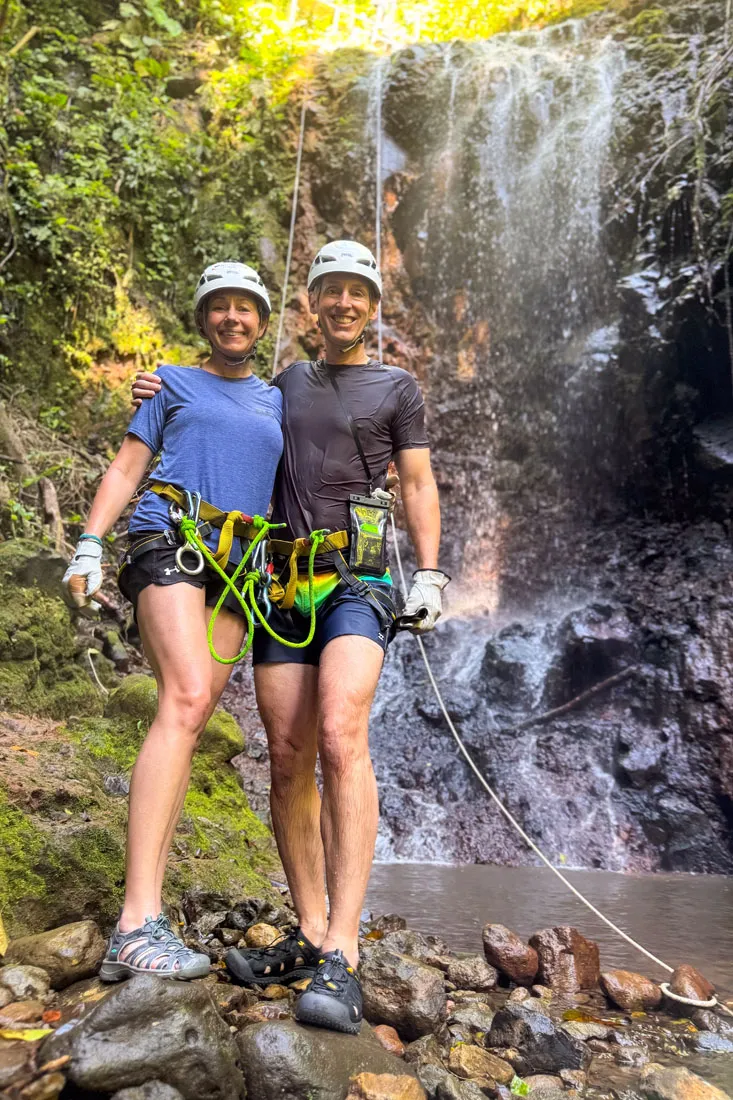
Canyoning in La Fortuna
Insect Repellent
Mosquitoes are out and about all year in Costa Rica. They aren’t too bad during the dry season, but during the rainy season, locals told us that the mosquitoes get much worse. They are also more prevalent by the coast than in central Costa Rica.
Dengue fever is becoming more and more prevalent in Costa Rica. It is also possible to get Zika virus from a mosquito. I had dengue fever in 2014, getting it while traveling through India on our trip around the world. My symptoms were relatively mild, but the second time a person gets dengue fever, the illness can be much worse, even life threatening.
Leading up to our trip, I did a lot of research on dengue fever in Costa Rica (it’s more common to get it from August through December) and the best insect repellents to use.
What We Used: I primarily used Sawyer Premium Insect Repellent with 20% picaridin lotion. In the morning, I would apply it to my skin, and as long as I did not get in the water, it lasts 14 hours. I would apply it again in the evening, since most of the restaurants we dined at had outdoor seating. It went on great, it’s not sticky, it doesn’t smell weird, and it doesn’t melt or damage plastic (like DEET). I never got any mosquito bites (yay!!) and this is now my go-to insect repellent.
But since I did the research, here’s what I learned about the different types of insect repellents:
- DEET: This is the most popular insect repellent. It can last up to 12 hours and is effective against mosquitoes, ticks, and some flies. It can damage plastic (be very careful with sunglasses, waterproof camera phone cases, etc.) and smells like a chemical. I’ve never been a fan, which is why I’m so glad I learned about picaridin. We’ve had great luck with Ultrathon, but it seems to be discontinued. Ben’s is a backup brand if you can’t find Ultrathon.
- Picaridin: This is a newer repellent and it is made from a synthesized pepper plant. It works just as well as DEET against mosquitoes. It lasts up to 14 hours. I used the Sawyer Lotion but a few times Tim and I also used the Sawyer spray.
- Oil of Lemon Eucalyptus: This is a more natural repellent than the ones above. It lasts up to 6 hours is not quite as effective as DEET or Picaridin. We didn’t try it, but it is a good option if you are in Costa Rica in the dry season, not a mosquito magnet, and not overly concerned with the risk of dengue fever or Zika virus. The REPEL Lemon Eucalyptus repellent is what is recommended by the CDC.
- Permethrin: This is a spray that is used to treat clothing and tents. I used it on some of our clothes for Costa Rica. We have also used it in the past for a trip to the Amazon, and we did not get any mosquito bites. This may be overkill for Costa Rica, unless you’ve had dengue in the past and/or will be here during the wet season. We use the Sawyer Permethrin spray.
- Wearable Insect Repellents: These generally use natural deterrents that you can wear or hang from your gear. It’s great in that you don’t have to apply anything to your skin, but it will leave the areas of your body far from the wearable unprotected against mosquitos.
PRO TRAVEL TIP: Apply sunscreen first. Let that absorb into your skin for a few minutes and then apply insect repellent. Why? Sunscreen is absorbed into the skin whereas insect repellent sits on top of the skin, creating a barrier.
Sunscreen
Costa Rica is located near the equator, so the UV index is very high, even on days that are cloudy. Bring one to two bottles of sunscreen with you, more if you are traveling with kids. If you have plans to go snorkeling or go swimming at the beach, ideally pack reef safe sunscreen.
Our #1 recommendation is La Roche Posay Anthelios Tinted Sunscreen SPF 40+ Titanium Dioxide and Zinc Oxide sunscreen. It comes in several different shades so you get the benefits of mineral sunscreen without leaving a white cast to your skin. According to the official website, it is reef safe.
Our favorite sunscreen is ISDIN Eryfotona Actinica Zinc Oxide Mineral Sunscreen SPF 50+. We have been using it for several years, and since we do triathlons, spend a lot of time outside swimming, biking, and running. This is a mineral-based, reef safe sunscreen that absorbs well into your skin, but it does give a hint of whiteness (from the zinc oxide). It’s very pricey but it works very well.
Thrive Reef Safe Sunscreen SPF50 is a reef safe mineral sunscreen that is much more affordable. They also make a mineral face sunscreen that is SPF 30.
If you want a great mineral face sunscreen that doesn’t turn your skin white, I use both EltaMD Tinted Face Sunscreen SPF46 and Colorescience Total Protection Face Shield Flex SPF 50, which has several shades for a range of skin tones.
Camera Equipment
Photographing the wildlife was one of the things I was most excited for in Costa Rica. We travel with high end camera equipment, in order to take high quality photos for this website.
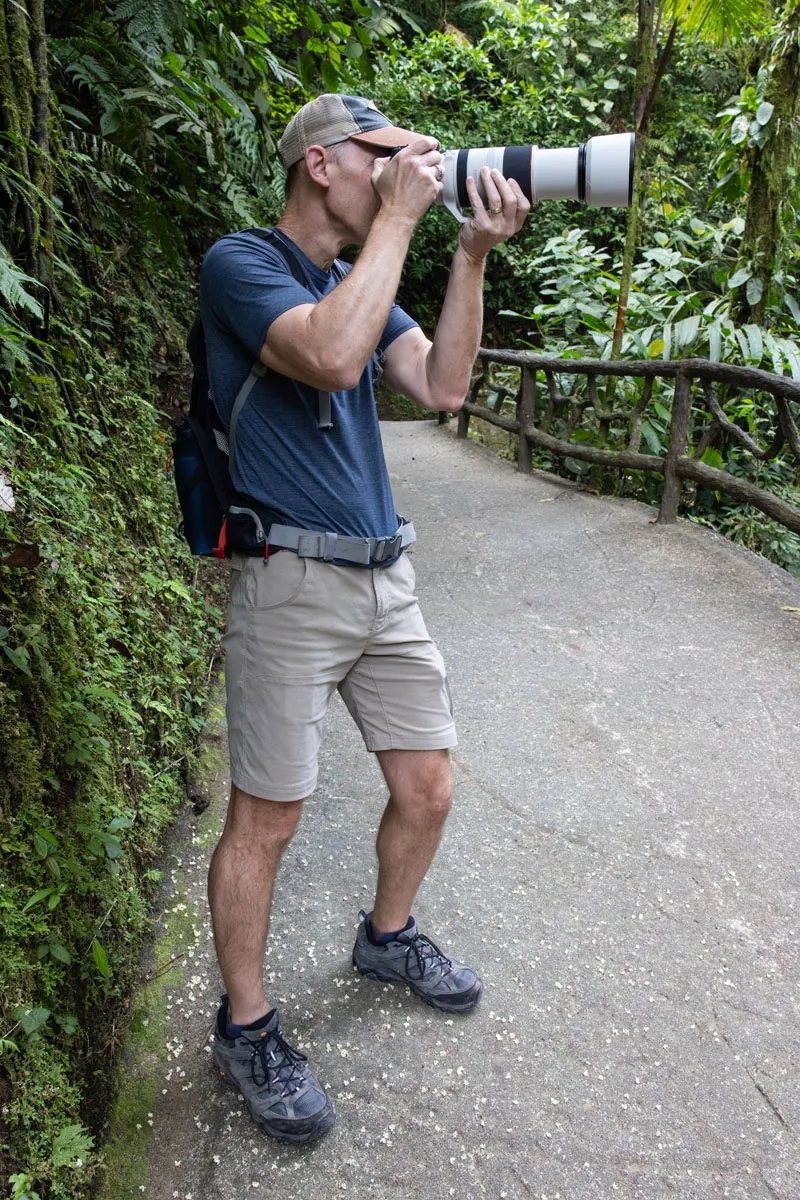
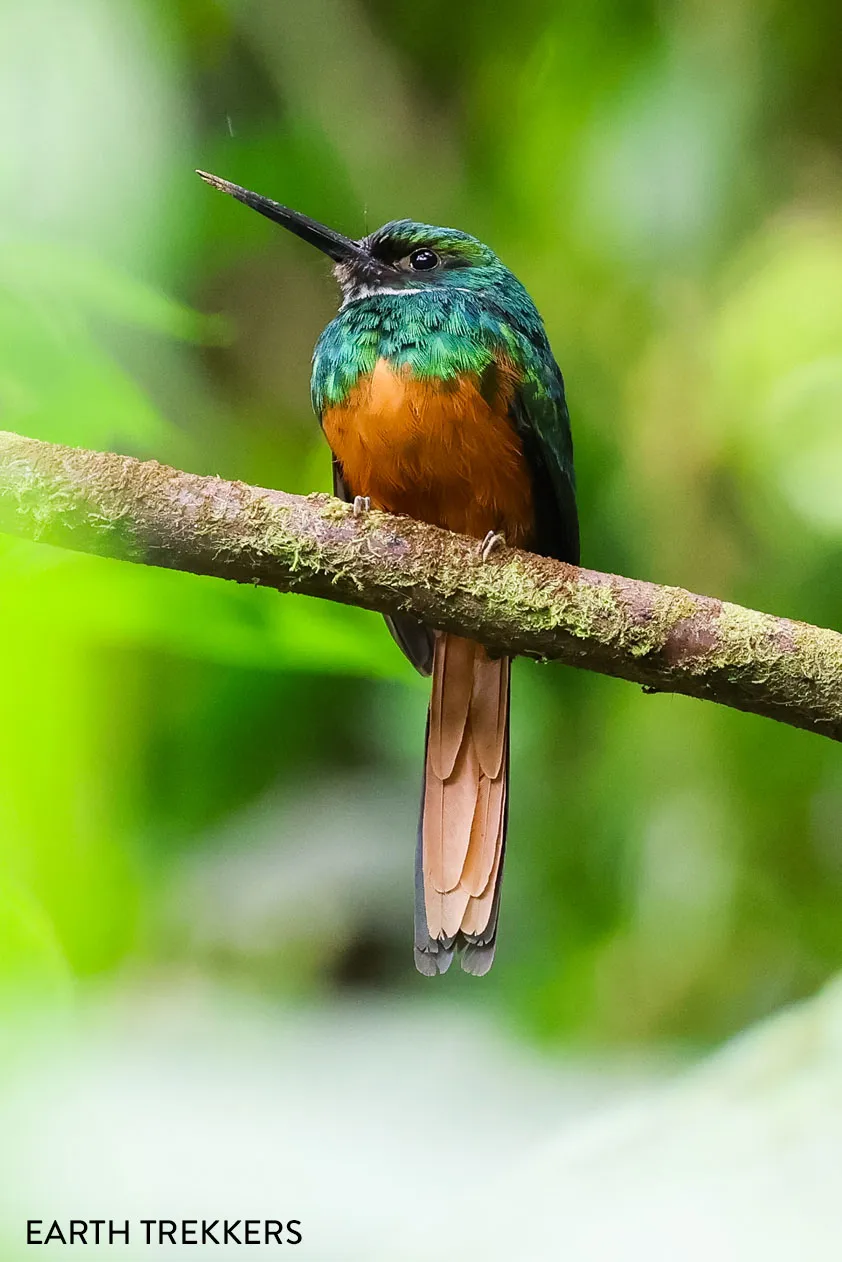
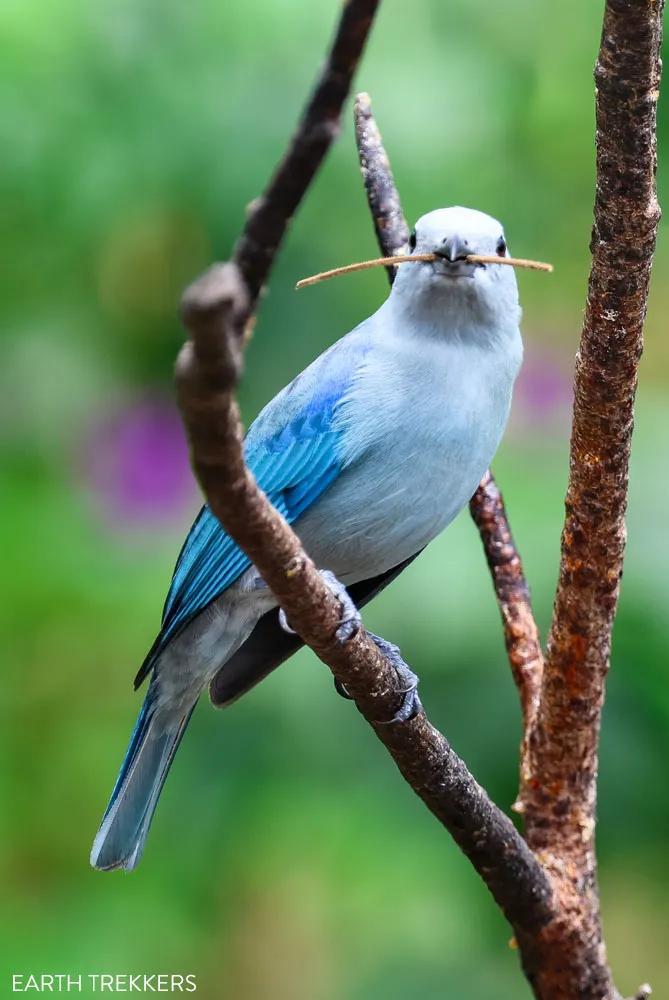
For this trip, we packed two DSLR cameras and several lenses:
- Canon EOS R5 with a Canon RF 24-70m F2.8 lens: This was our primary camera, which we used for landscapes, beaches, etc.
- Canon EOS R5 Mark II with a Canon RF 100-500 mm F4.5-7.1 telephoto lens: This is the camera and lens we used for wildlife photography. This was our first time using the R5 Mark II and it has an amazing AI feature that can track animals, which made it awesome for photographing sloths and birds that were high in the tree canopies. We got some amazing photos with this camera + lens combination.
For shooting waterfalls, we also brought along polarizing and neutral density filters, plus a tripod. For several years we have been using the Peak Design Travel Tripod and love it. It’s quick and easy to set up, lightweight, but also very sturdy.
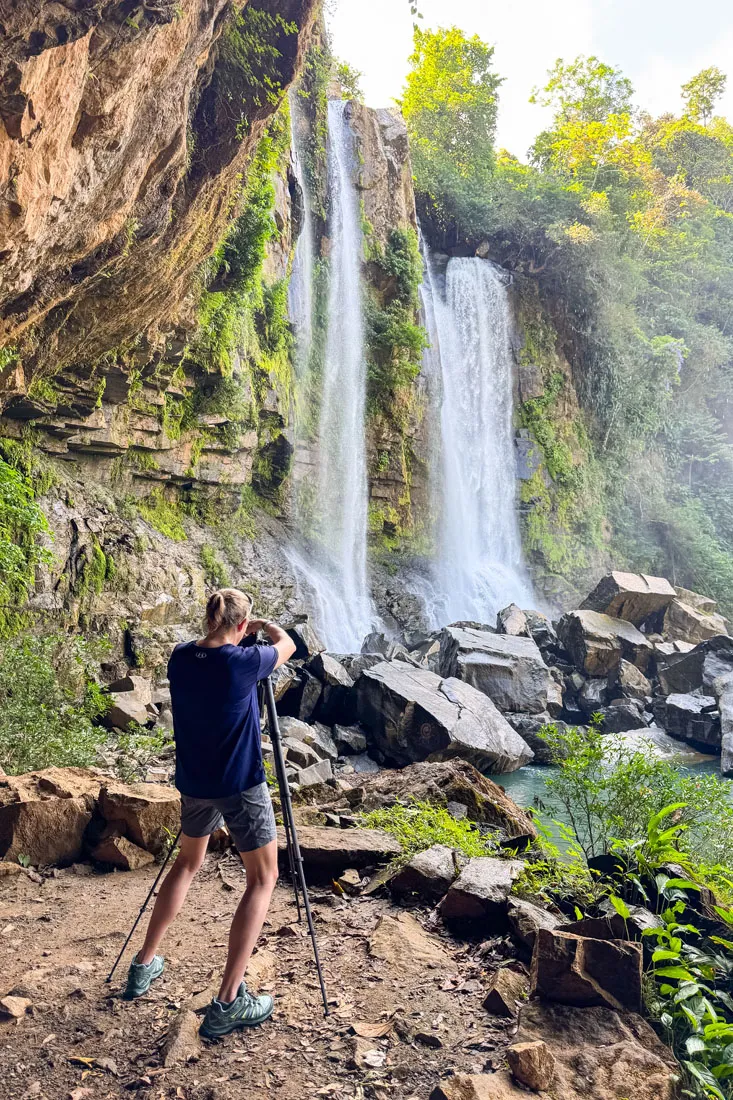
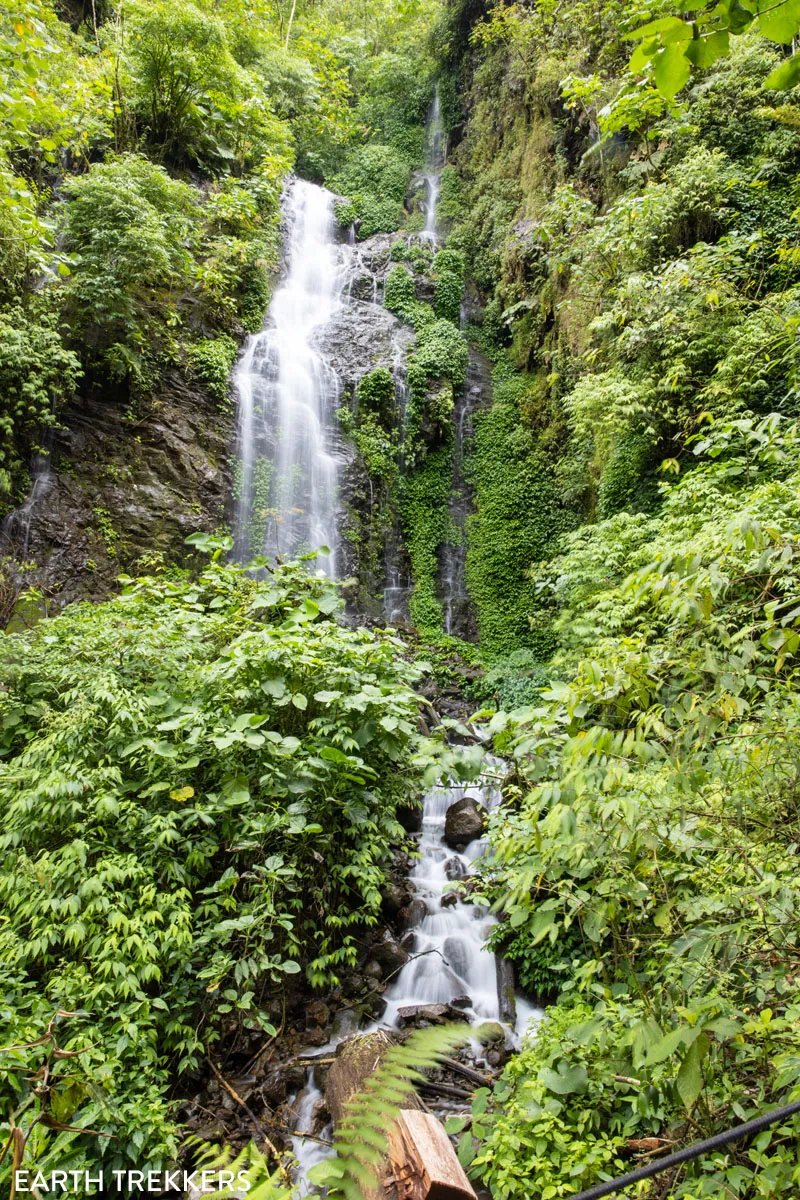
On ziplining and canyoning tours, we took photos with our iPhones. We put our phones in this waterproof iPhone case, which has cross body strap to keep it secure.
We have a detailed guide about the camera equipment we use when we travel, it you want to see the assortment of cameras, lenses, and accessories we use while traveling.
Daypacks & Dry Bags
When out hiking, taking a guided wildlife walk, or visiting a beach, we took one daypack with us, Tim’s Camelback Fourteener 24. Just in case it rained, we also carried a waterproof backpack cover, which is light and compresses down into a small ball.
A dry bag is a good idea if you will be kayaking or visiting Costa Rica in the rainy season and want to keep gear dry. We use this dry bag to keep our camera dry, plus it can clip onto the outside of a backpack.
Adaptors & Power Strips
Costa Rica uses type A (two prong) and type B (three prong) power outlets, which are a 110 volt system, the same as the United States and Canada. If you are traveling to Costa Rica from one of these two countries, you will not need a converter or adaptor.
If you will be traveling to Costa Rica from other countries, you will need to pack adaptors and possibly a converter.
We always pack a power strip, for those situations when hotel rooms have fewer outlets than what we need.
Travel Essentials
Passport: This is necessary to enter Costa Rica. Some national park tickets are linked to your passport, so you may also have to bring your passport with you to enter these parks. We also carried a photocopy of our passport.
Driver’s License: If you have plans to rent a car, you must bring your official driver’s license.
Return Ticket or Proof of Onward Travel: In order to enter Costa Rica, you must have a return flight ticket or some sort of proof of onward travel. When going through Immigrations, the officer may ask to see your return flight ticket.
Credit Cards: We primarily used credit cards for payment.
Cash: In Costa Rica, both US dollars and the colón (the official currency) are widely accepted. In fact, ATMs dispense both colones and US dollars. Tim withdrew colones from an ATM at the airport, so we had both colones and US dollars on us, which we used for tips and for instances when credit cards were not accepted.
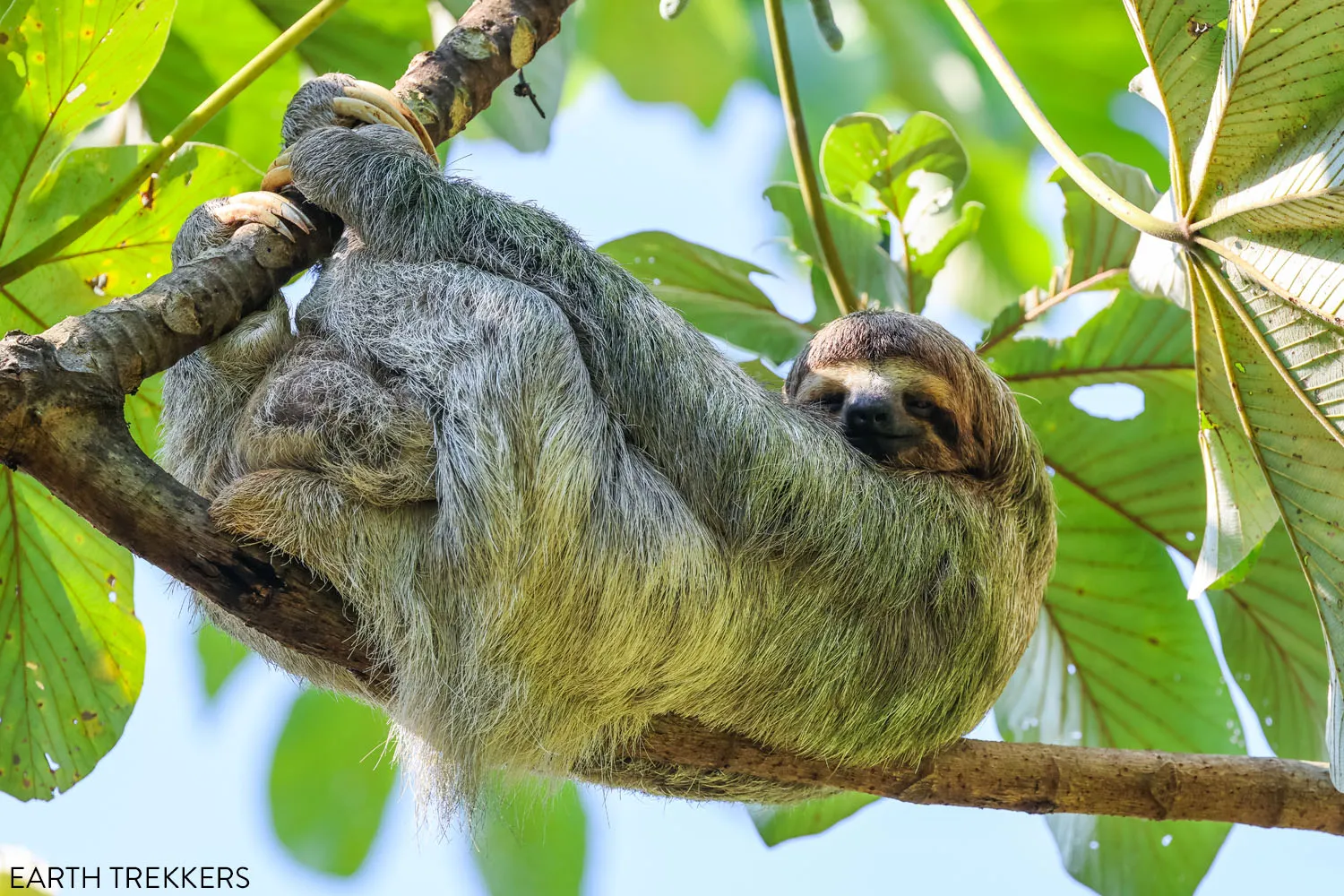
Travel Accessories
Here are a few more important things to pack for Costa Rica:
- Sunglasses
- Reusable, insulated water bottle: Many national parks do not allow single use plastic bottles. An insulated water bottle keeps water cold and can be used multiple times, so it is much better for the environment. We are big fans of Hydroflask.
- Toiletries
- Any medications you take
- Dramamine (if you are prone to motion sickness)
- Binoculars
- Charging cord (to connect your phone to your rental car)
- Carbon monoxide detector
- Travel hair dryer
- Laundry bag
- Costa Rica Wildlife Guide (I bought this while in Costa Rica but you can purchase it in advance on Amazon; this handy guide has drawings of the most common wildlife you will see in the country; it is useful while you are in Costa Rica, but also going through your photos once home)
So, that covers our packing list for Costa Rica. If you have any questions, let us know in the comment section below.
More Information for Your Trip to Costa Rica
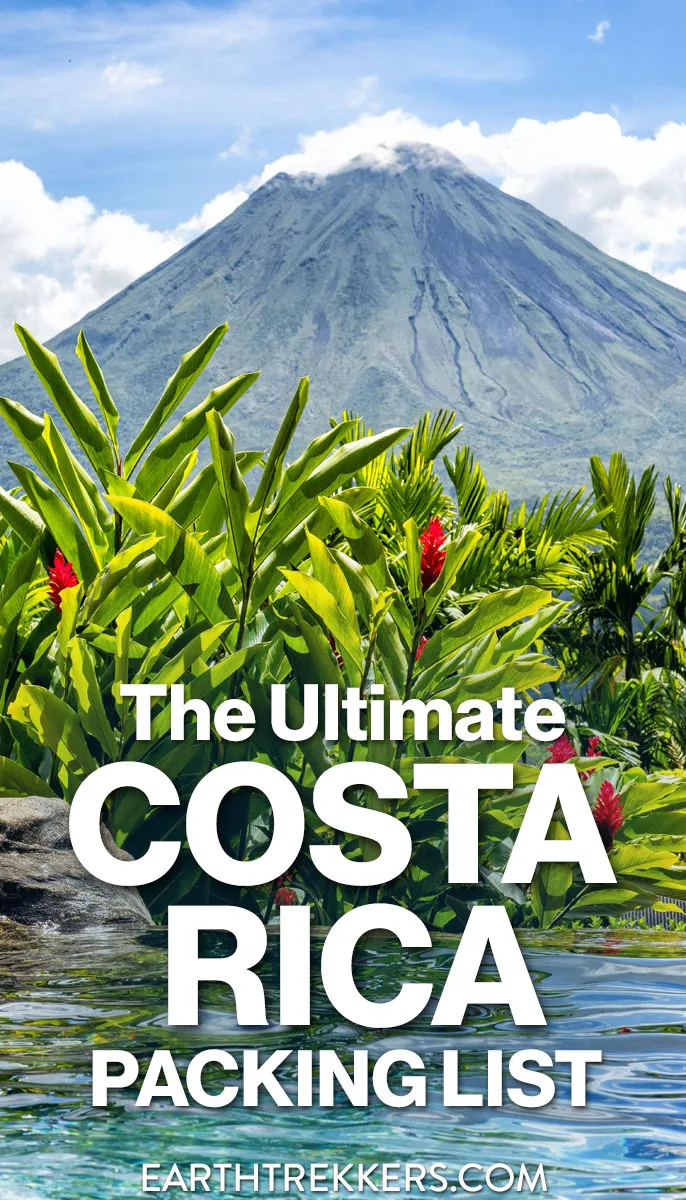
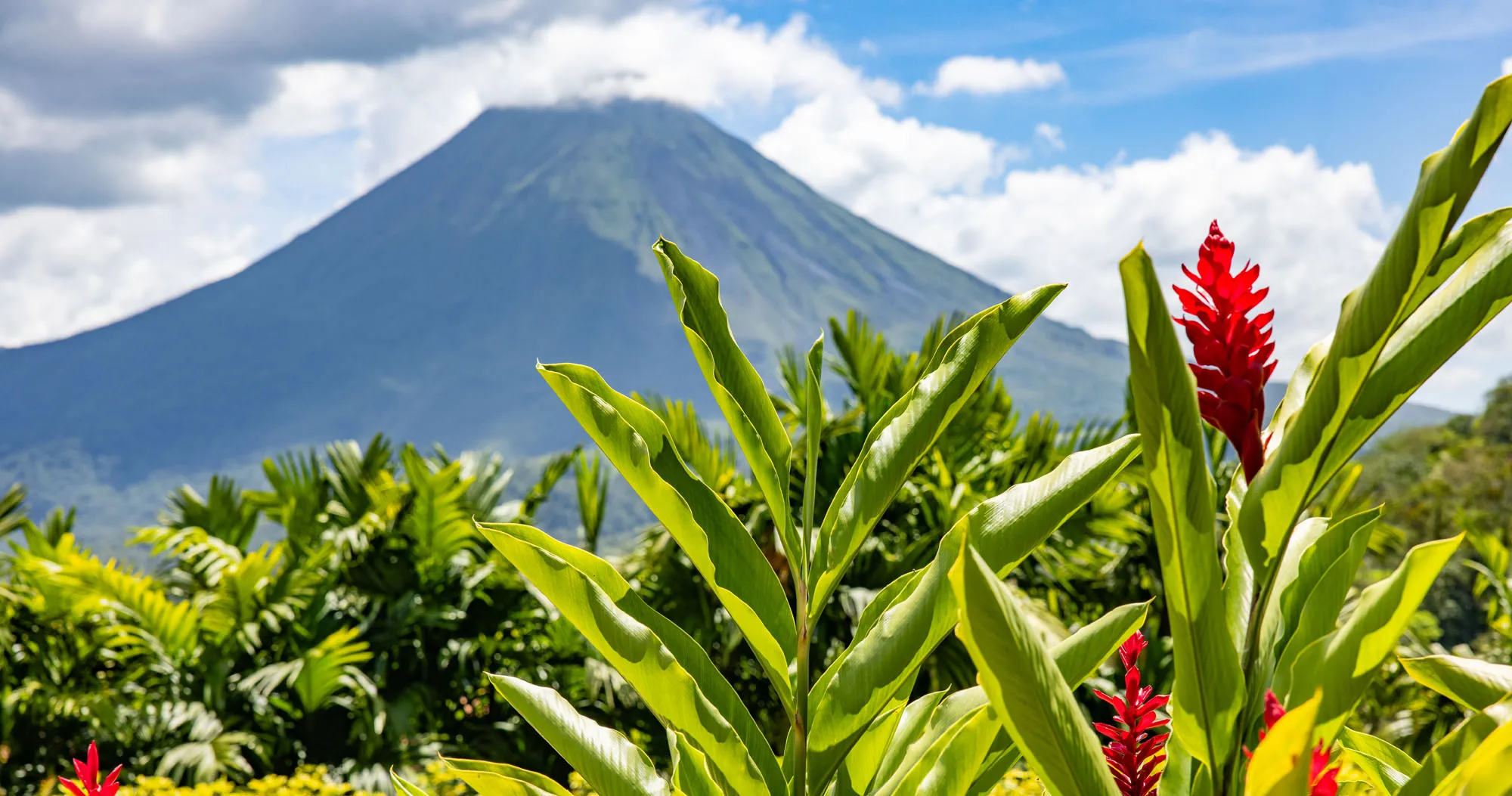
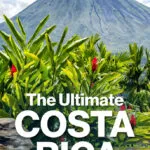
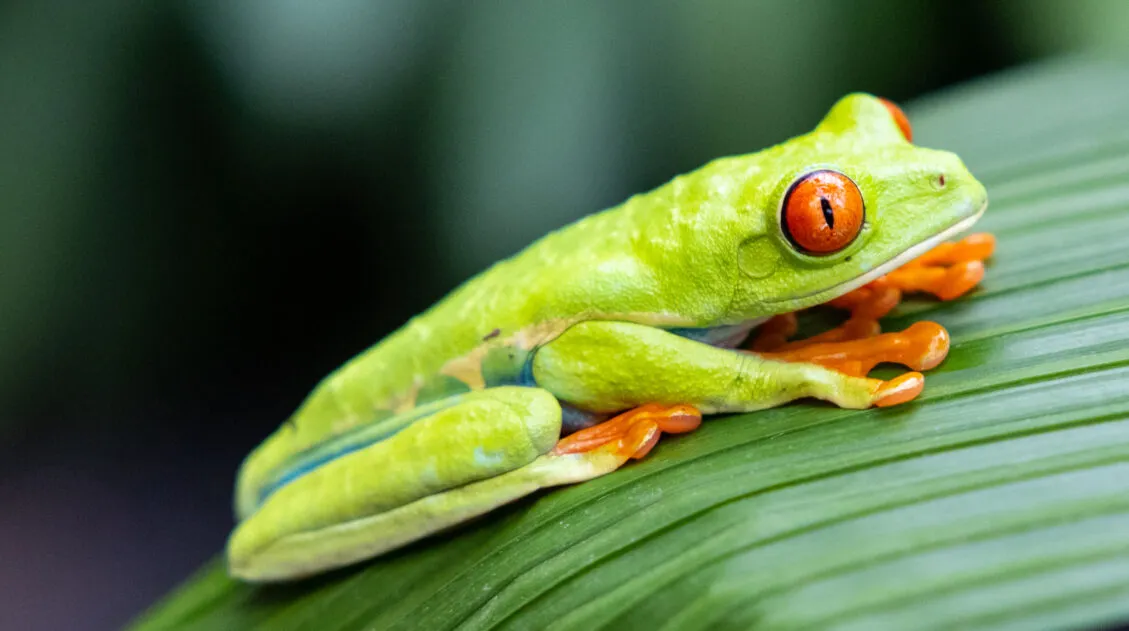
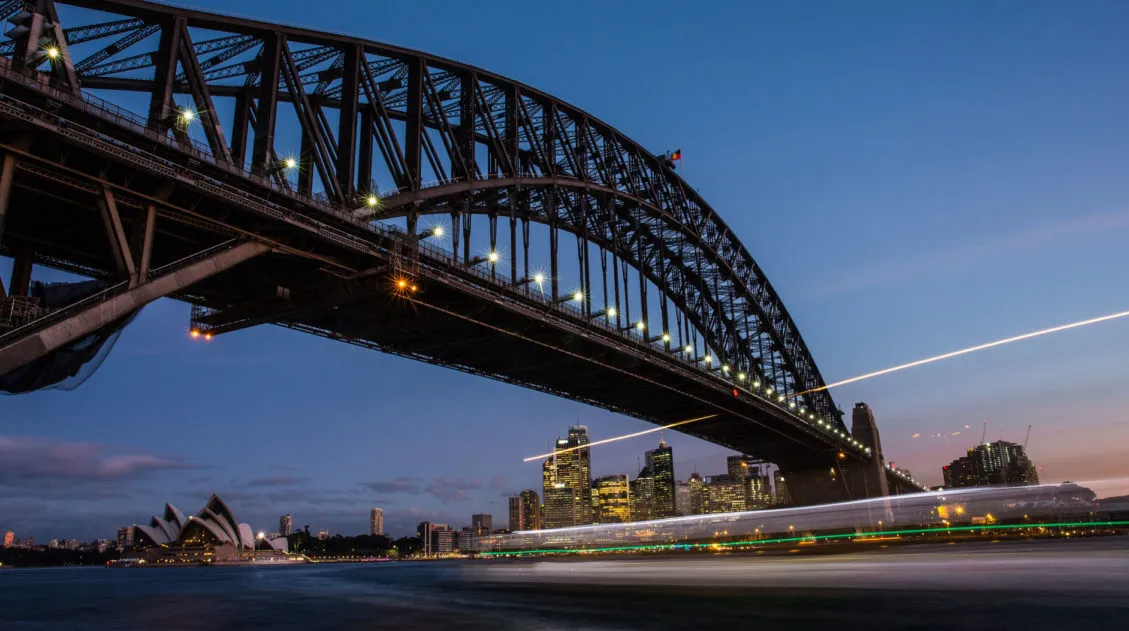
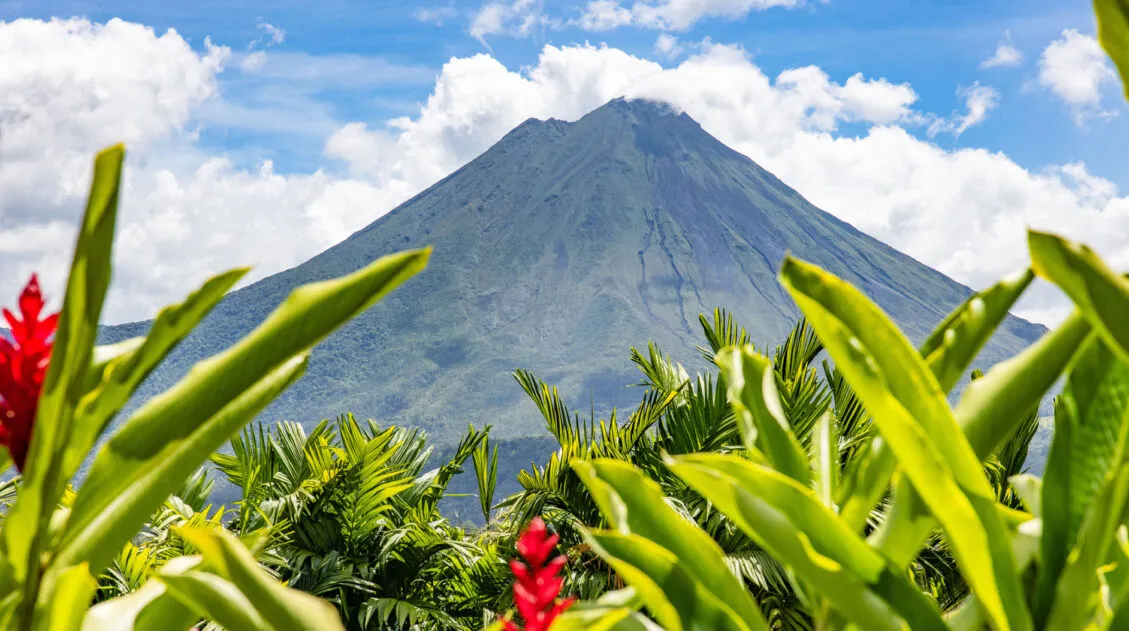
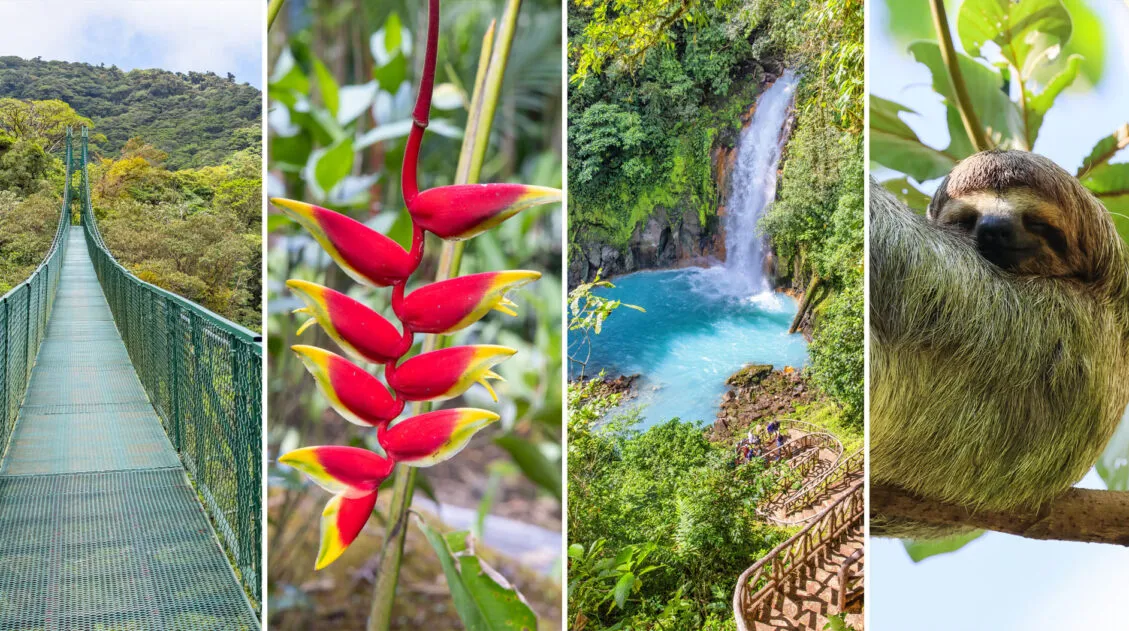
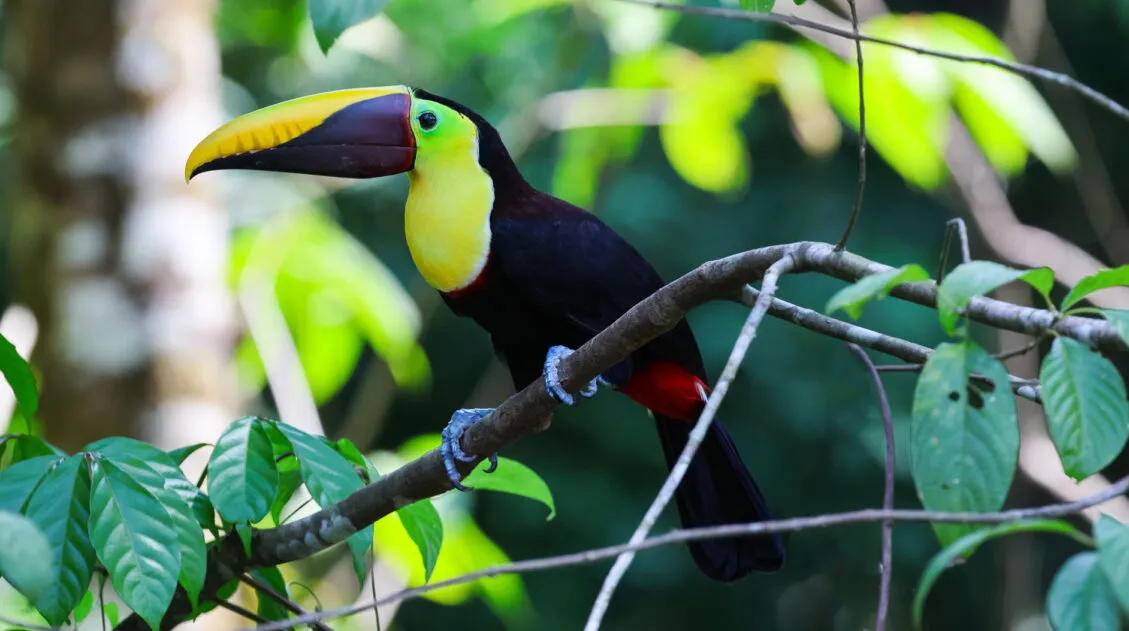

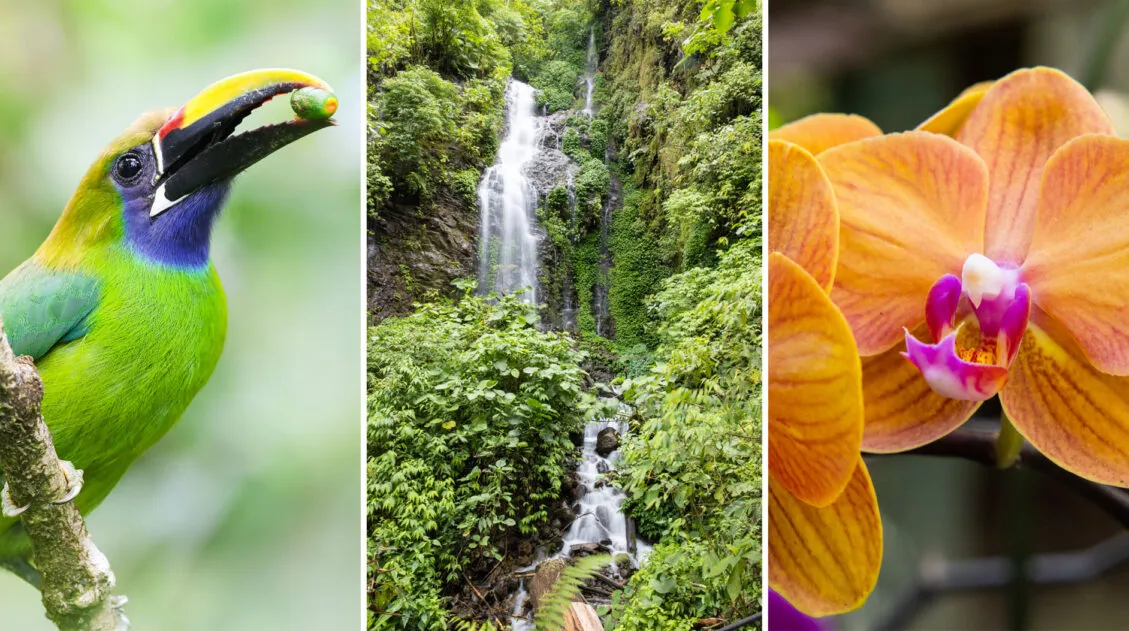
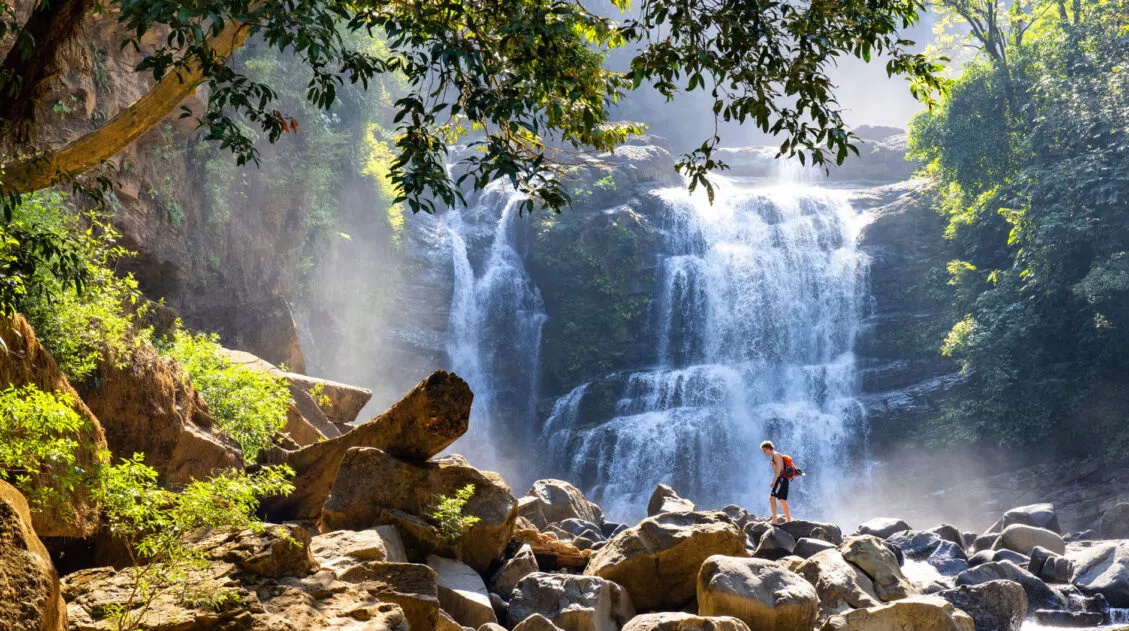
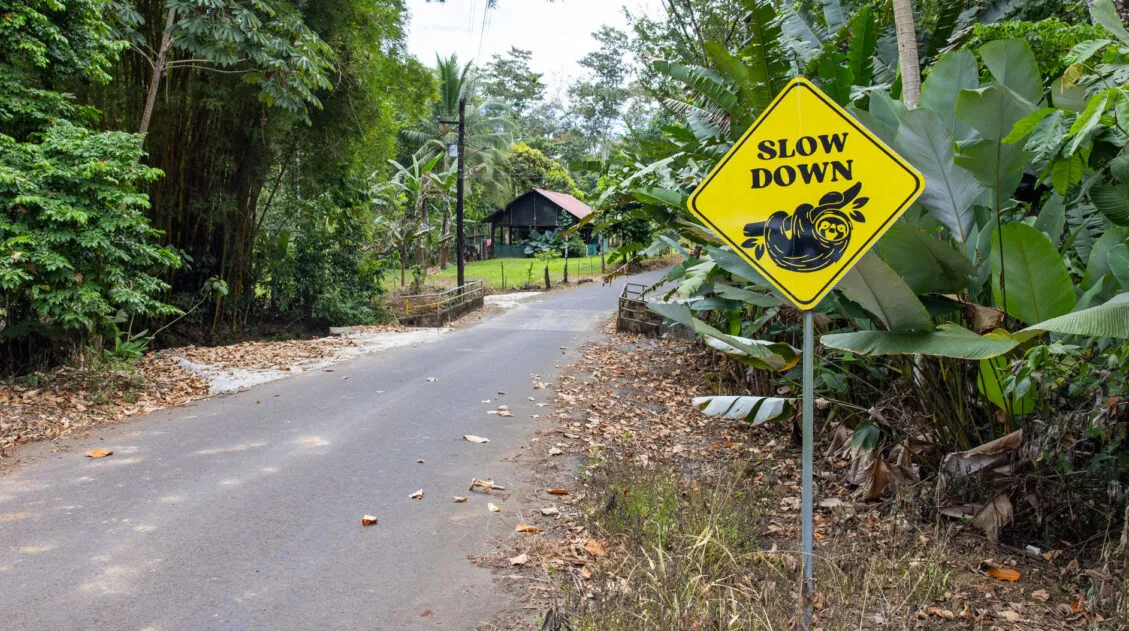
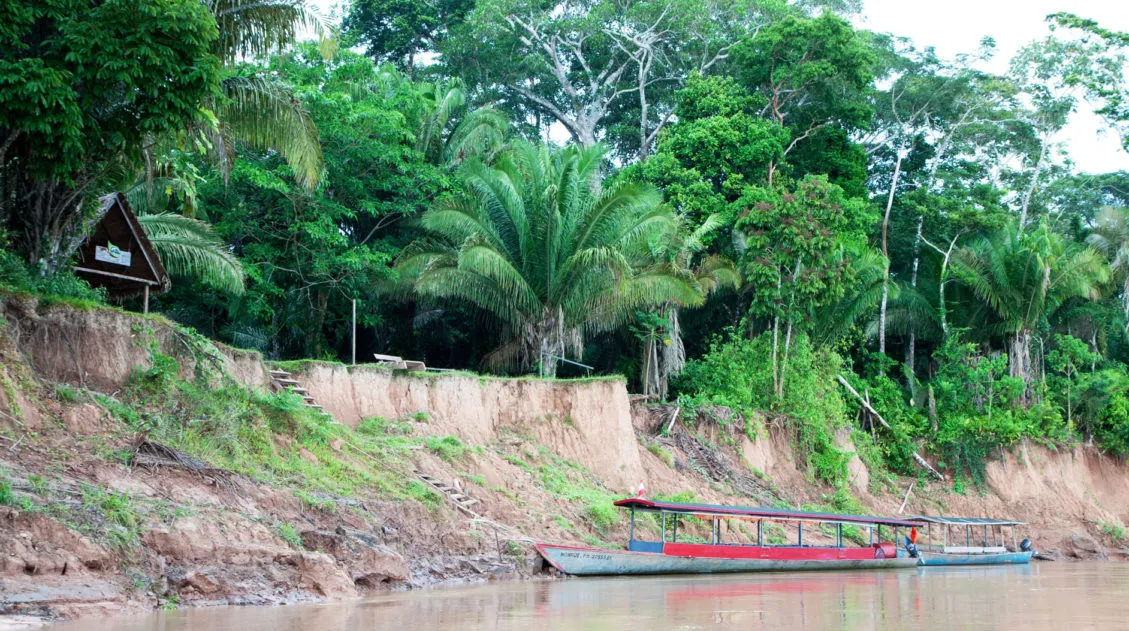

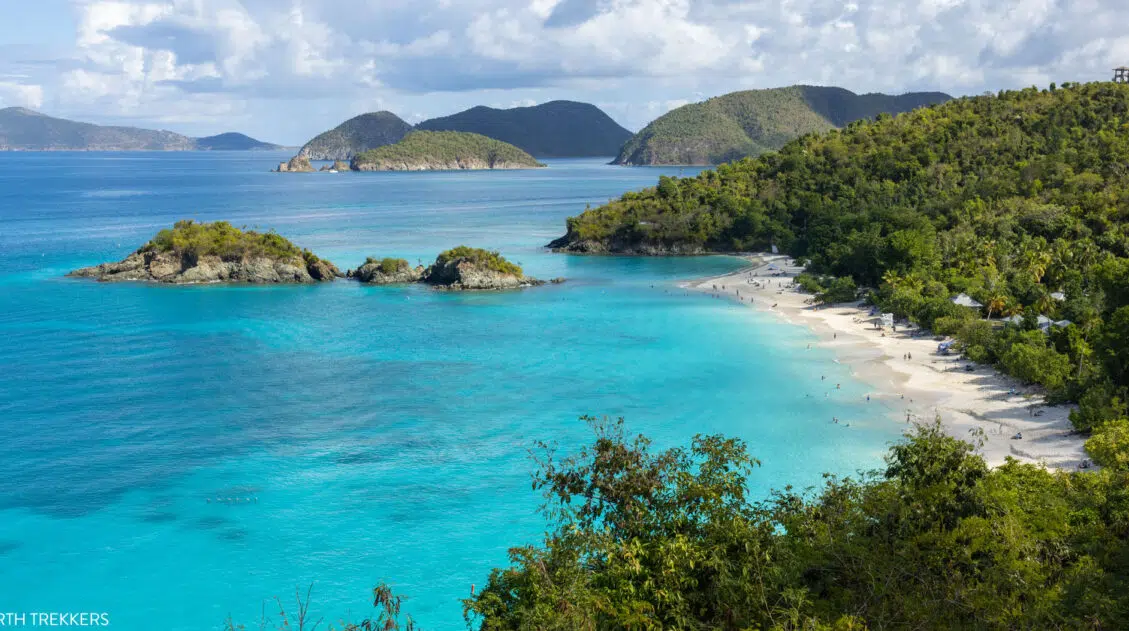
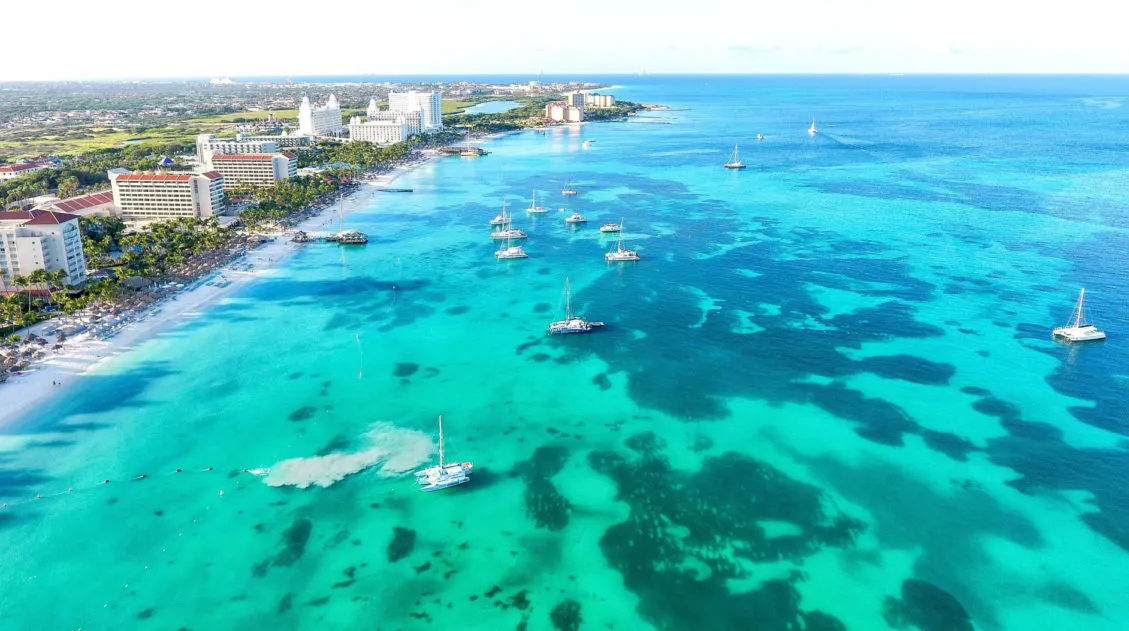
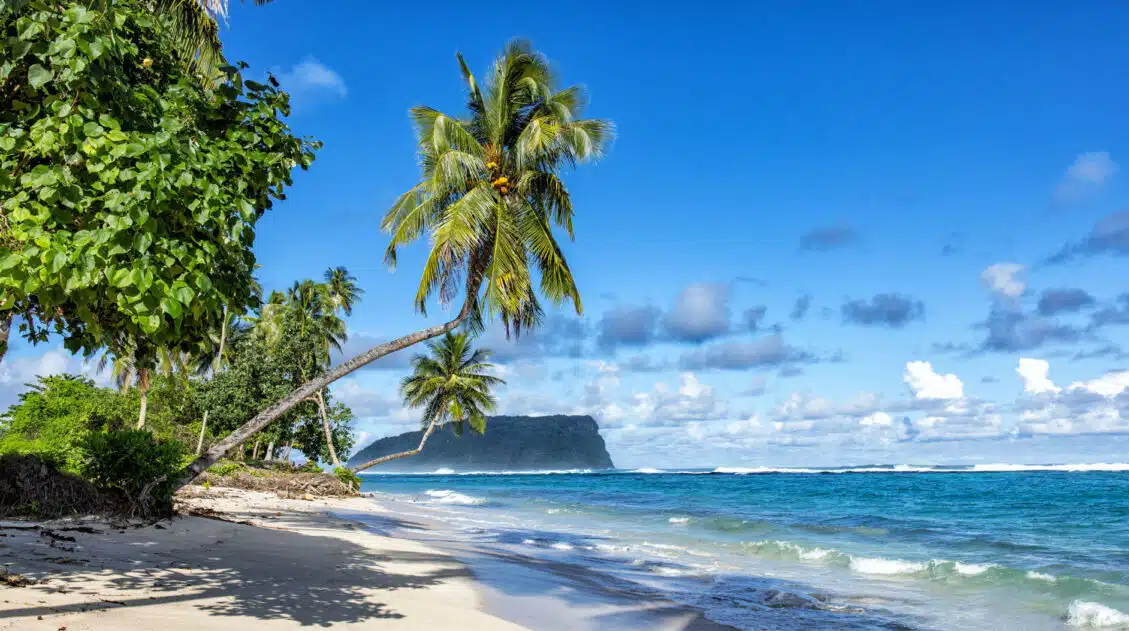
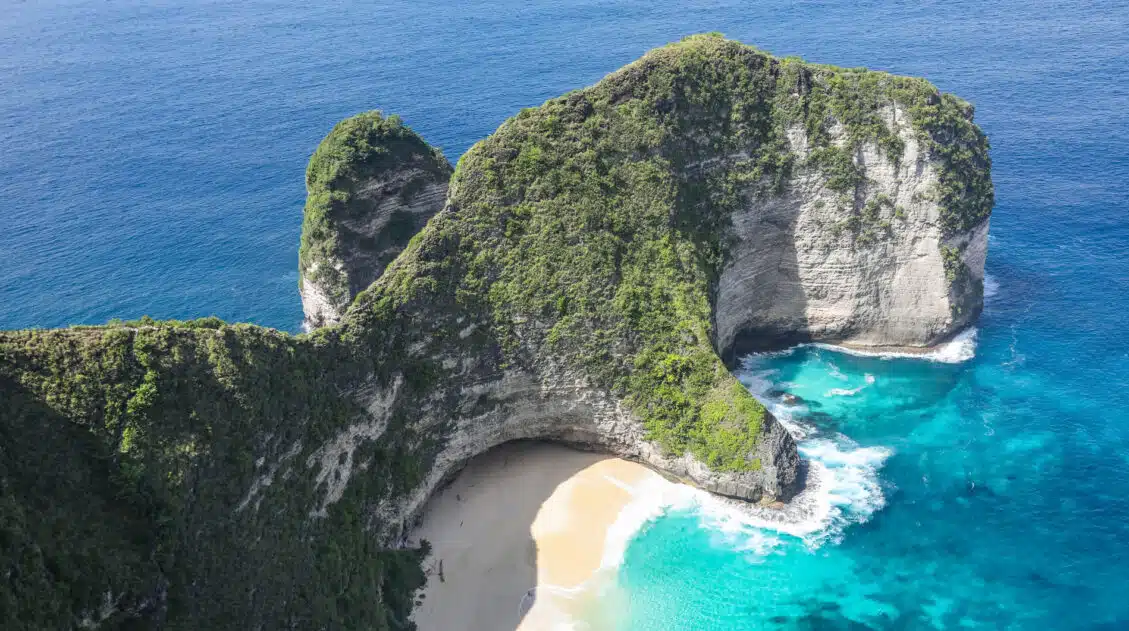
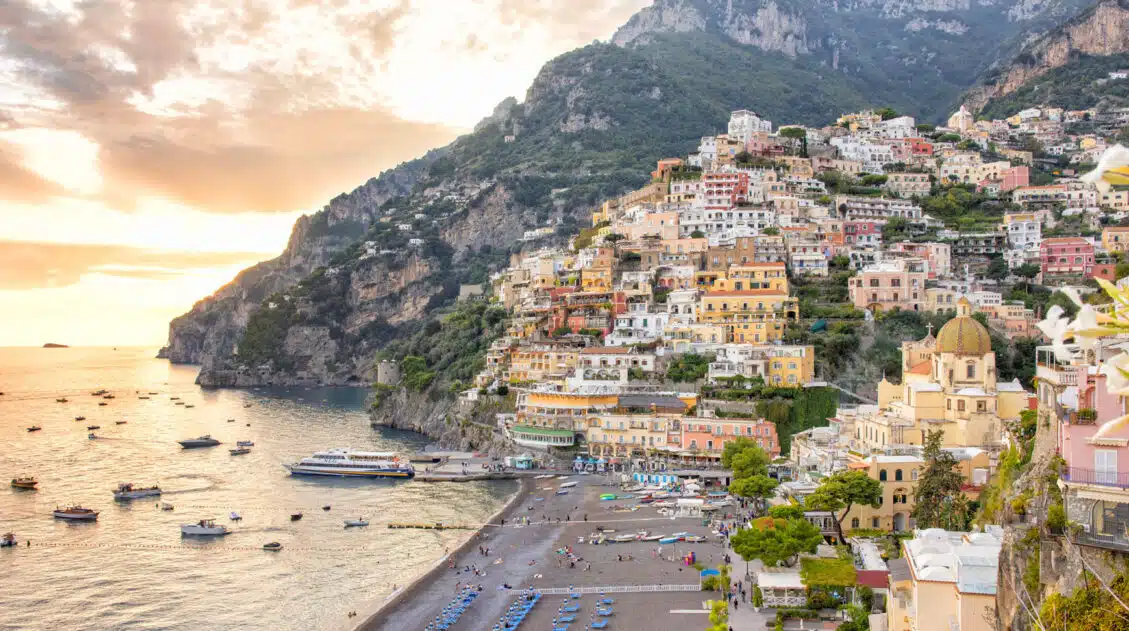
Leave a Comment